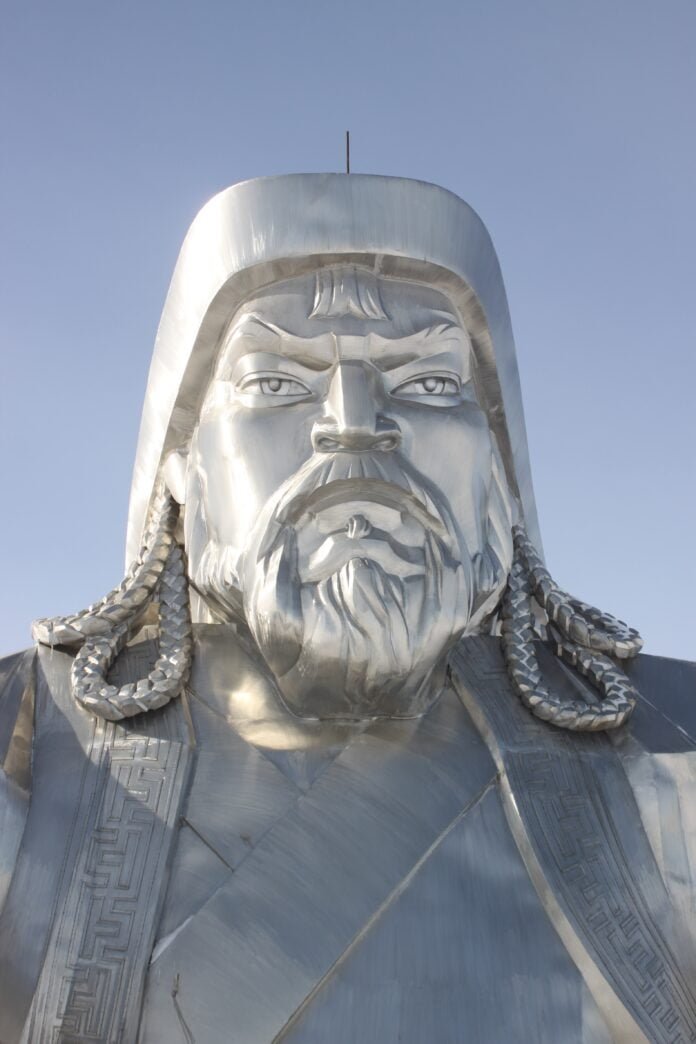Genghis Khan, born Temujin, was a Mongolian warrior and leader who founded the Mongol Empire, which at its height in the 13th century, was the largest contiguous empire in history, stretching from China to Europe. While Genghis Khan is often remembered for his military conquests, he also made significant cultural breakthroughs during his reign that shaped the history of his people and the world.
One of the most significant cultural breakthroughs that Genghis Khan achieved was the unification of the Mongolian people. Before his rise to power, the Mongolian tribes were divided and often at war with each other. Genghis Khan recognized that the only way to create a powerful and lasting empire was to unite the various tribes under his leadership. He did this through both military conquest and diplomacy, forging alliances and making treaties with neighboring tribes. As a result, he was able to create a unified Mongolian nation, which would prove to be a formidable force on the world stage.
Another cultural breakthrough that Genghis Khan achieved was the creation of a written Mongolian language. Prior to his reign, the Mongolians did not have a written language, relying instead on oral traditions and storytelling. Genghis Khan recognized the importance of a written language in creating a unified culture and government. He commissioned a group of scholars to create a written language based on the spoken Mongolian dialects. This language, known as Classical Mongolian, would become the official language of the Mongol Empire and would be used for centuries to come.
Genghis Khan also made significant advances in the realm of religious tolerance. Unlike many conquerors before him, Genghis Khan did not seek to impose his own religious beliefs on his subjects. Instead, he allowed his people to practice their own religions freely. This policy of religious tolerance extended to all religions, including Islam, Christianity, and Buddhism. In fact, Genghis Khan was known to have consulted with leaders from various religious traditions and often sought their advice on matters of governance.
In addition to his policies of religious tolerance, Genghis Khan also made significant contributions to the arts and sciences. During his reign, he established a network of academies and institutions that focused on the study of astronomy, medicine, and mathematics. He also patronized the arts, commissioning works of poetry, music, and visual art that celebrated the culture and history of the Mongolian people.
Finally, Genghis Khan was a proponent of gender equality, which was unheard of in the patriarchal societies of his time. He recognized the value of women as leaders and warriors and often appointed them to positions of authority within his government and military. For example, his daughter, Khutulun, was a renowned wrestler and military commander who played a significant role in his conquests.
In conclusion, while Genghis Khan is often remembered for his military conquests and the violence of his reign, he also made significant cultural breakthroughs that continue to shape the history of his people and the world. From the unification of the Mongolian people to the creation of a written language, from religious tolerance to advances in the arts and sciences, and from gender equality to the establishment of a powerful and lasting empire, Genghis Khan’s legacy is one of cultural and societal transformation.



